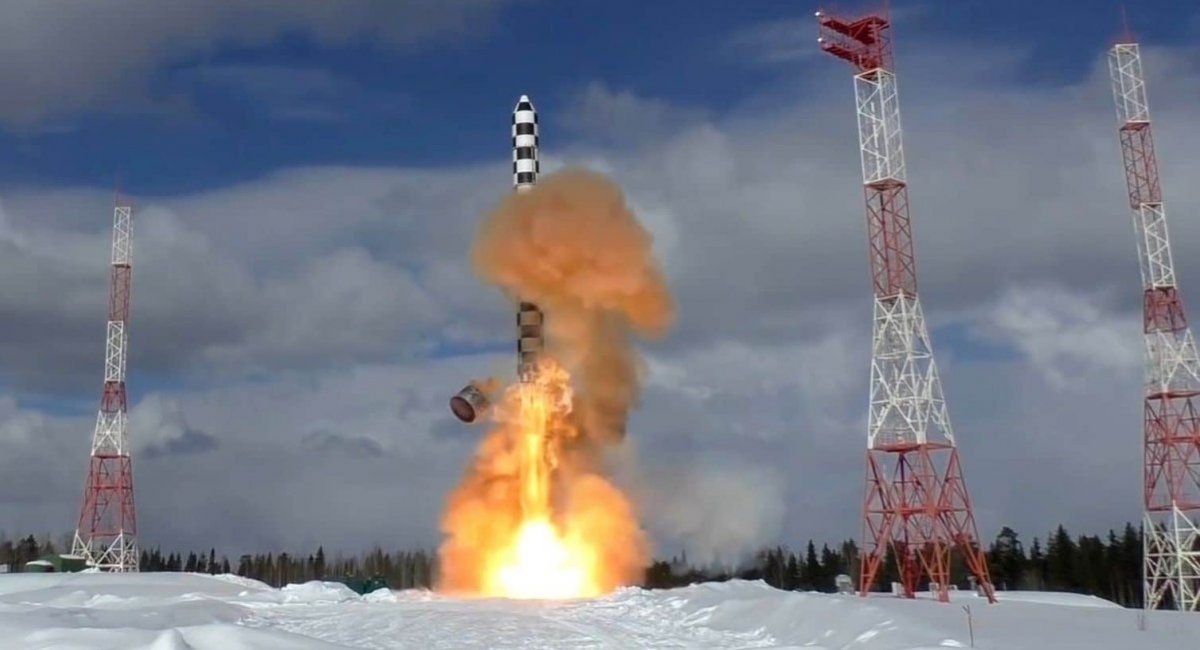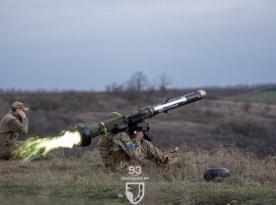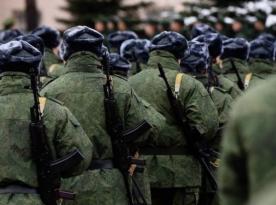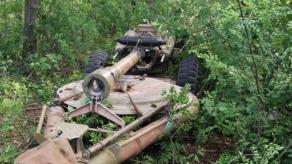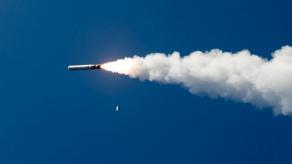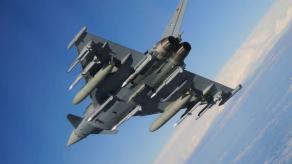September 21 morning, 2024, reports emerged of another significant victory for the Ukrainian Defense Forces: the destruction of another russian arsenal belonging to the Main Missile and Artillery Directorate (GRAU). This facility, spanning 2.6 sq. km, was a major ammunition storage site, an important source of supplies to the russian invasion army, and reportedly one of the dumps for artillery rounds received from North Korea.
Amid this news, several media outlets speculated that even russia’s RS-28 Sarmat intercontinental ballistic missile (ICBM), also known as Satan II, might have been destroyed in the explosion, with the primary source of these claims being russian state-affiliated news agencies.
Read more: Another GRAU Arsenal Covering a Huge Area and Ammunition Base with North Korean Shells Destroyed
However, newly released satellite imagery from this morning, September 22, 2024, suggests a different story. The images indicate that while an RS-28 missile did indeed explode, the event occurred in a completely different location and under entirely different circumstances than initially reported.
OSINT analyst MT_Anderson shared satellite photos of russia's Plesetsk Cosmodrome, showing the aftermath of what appears to be a failed test of the RS-28 ICBM, likely occurring between September 20 and 22, 2024. The commentary to the image was provided by user MeNMyRC on X.com social media.
My thanks to @MT_Anderson for providing this Planet Labs imagery and allowing me to publish it with comments. As is readily apparent, the RS-28 Sarmat test was a complete failure. The missile detonated in the silo leaving a massive crater and destroying the test site. The… https://t.co/FuKIaTNFVs pic.twitter.com/AuIpQRrDLa
— MeNMyRC (@MeNMyRC1) September 21, 2024
The images reveal that the missile firing was carried out from a silo launcher, but the test went catastrophically wrong, resulting in a large explosion that left nothing but a crater where the launch site once stood.
Such an explosion during an ICBM test is an exceptionally rare event, typically occurring only once in a half-century. The last comparable incident was the explosion during the first test launch of the Soviet R-16 ICBM in October 1960 at the Baikonur Cosmodrome.
Despite the obvious evidence, including the crater at the Sarmat launch site, it’s highly unlikely that russia will officially acknowledge this disaster, never mind letting any of its details slip into public domain. The Kremlin has long promoted the RS-28 Sarmat as a central pillar of its deterrence strategy and a key threat to the West, frequently showcasing the missile in military drills, parades, and other public displays.

Notably, despite these"advertisements," the Sarmat has only had one confirmed successful test launch. Nevertheless, the russian Ministry of Defense went ahead and declared the missile operational, with deployment declared underway in 2021.
While many details of the Sarmat remain classified, key specifications are publicly known, largely due to Kremlin's media outlets. As summarized by the Washington-based Center for Strategic and International Studies, the RS-28 Sarmat weighs 208 tons, with a payload capacity of about 10 tons. It can reportedly carry a range of warheads, including unitary, multiple independently targetable reentry vehicles (MIRV), or hypersonic glide vehicles.
What the russian media often fail to mention, however, is the missile’s practical performance, which has been statistically five times less successful than North Korea’s intercontinental ballistic missile tests.
Read more: One More Arms Market Lost by russia: Nigeria Becomes the First Country to Buy Indian Helicopters




